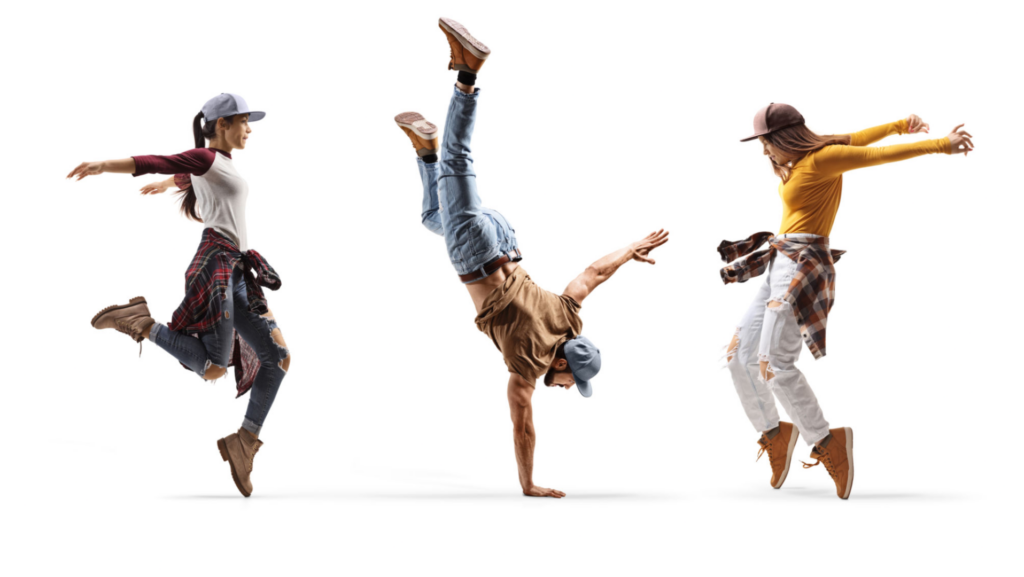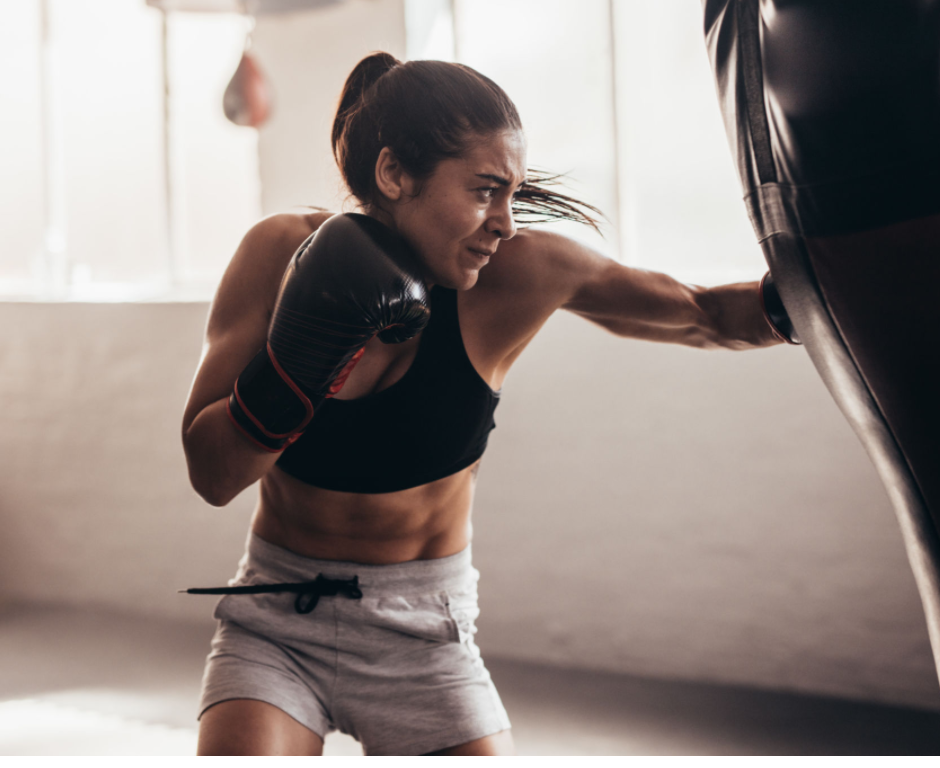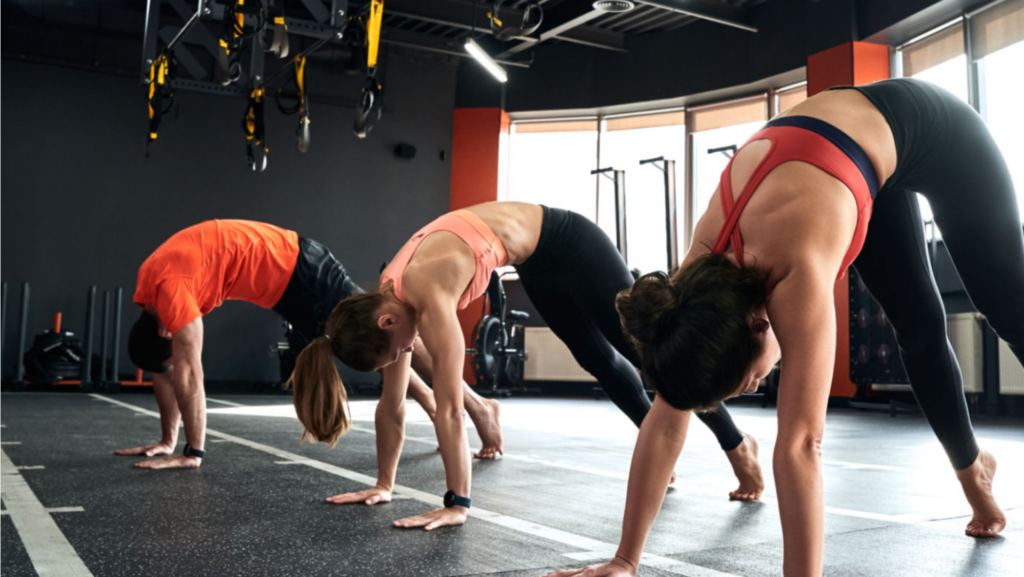Are you a dancer looking to take your performance to the next level? Have you heard of Animal Flow? This innovative movement practice combines elements of dance, yoga, and animal-inspired movements to enhance grace, body control, and overall athleticism. In this article, we will explore the benefits of Animal Flow for dancers and how it can elevate your performance on stage.
What is Animal Flow?
Animal Flow is a fitness system developed by Mike Fitch that draws inspiration from the movements of animals. It involves a series of bodyweight exercises and ground-based movements that flow seamlessly from one to another. By mimicking the agility and strength of different animals, dancers can improve their mobility, stability, and coordination.
The Benefits of Animal Flow for Dancers
Animal Flow offers numerous benefits for dancers, both in terms of physical conditioning and artistic expression. Let’s delve into some of the key advantages dancers can gain from incorporating Animal Flow into their training routine.
Enhancing Grace through Animal Flow
Improving Body Awareness
Animal Flow exercises require dancers to pay close attention to their bodies and movements. By becoming more aware of their alignment, posture, and muscle engagement, dancers can achieve a greater sense of grace and control in their performances.
Fluidity and Flow
Animal Flow emphasizes the smooth and fluid transition between different movements, promoting a sense of flow in dance routines. This enhances the overall aesthetic appeal and artistry of a dancer’s performance, captivating the audience with graceful and seamless motions.
Balance and Stability
Animal Flow exercises challenge the body’s balance and stability, which are crucial aspects of dance technique. By strengthening the muscles responsible for maintaining balance, dancers can execute intricate movements with poise and precision.
Coordination and Control
Animal Flow movements require dancers to coordinate different parts of their body simultaneously, improving their overall coordination skills. This increased control over their movements translates into more precise and impactful performances on stage.
Animal-Inspired Movements in Animal Flow
Animal Flow incorporates a variety of animal-inspired movements that can be directly applied to dance routines. Let’s explore some of these movements and how they can enhance a dancer’s grace and body control.
Bear Crawl
The bear crawl, mimicking the movement of a bear, is an excellent exercise for building upper body strength, core stability, and shoulder mobility. This movement enhances a dancer’s ability to execute fluid arm movements and maintain a strong center.
Crab Reach
The crab reach, inspired by the sideways scuttling of a crab, targets the muscles of the posterior chain, including the glutes, hamstrings, and upper back. By improving strength in these areas, dancers can achieve more dynamic extensions and powerful jumps.
Ape Reach
The ape reach emulates the agility and flexibility of an ape swinging through the trees. This movement focuses on shoulder mobility, thoracic extension, and overall upper body strength. By incorporating ape reaches into their training, dancers can achieve greater fluidity in their arm movements and improve their overall range of motion.
Scorpion Reach
The scorpion reach mimics the graceful arc of a scorpion’s tail. This movement targets the core muscles, particularly the obliques, enhancing rotational strength and control. Dancers can utilize the scorpion reach to add dynamic and visually striking elements to their choreography.
Animal Flow and Core Strength
A strong core is essential for dancers, as it provides stability and control in complex movements. Animal Flow offers unique opportunities to engage and strengthen the core muscles.
Engaging the Core Muscles
Animal Flow exercises, with their emphasis on controlled and precise movements, require dancers to engage their core muscles consistently. By doing so, dancers can improve their posture, balance, and overall body control.
Developing Stability and Control
The animal-inspired movements in Animal Flow challenge the core muscles in various planes of motion. This multidirectional activation helps dancers develop stability and control, reducing the risk of injuries during demanding dance sequences.
Preventing Injuries
A well-conditioned core can serve as a protective shield for dancers, reducing the likelihood of common dance-related injuries. By incorporating Animal Flow into their training, dancers can improve their core strength and stability, minimizing the risk of strains or imbalances.
Animal Flow as a Warm-Up and Conditioning Tool
In addition to its benefits for core strength and body control, Animal Flow can be an effective warm-up and conditioning tool for dancers.
Mobilizing and Activating Muscles
Animal Flow movements involve full-body engagement, activating and mobilizing muscles from head to toe. This comprehensive warm-up prepares dancers for intense rehearsals or performances, reducing the risk of muscle strains or imbalances.
Increasing Flexibility and Range of Motion
Animal Flow incorporates dynamic stretching and lengthening exercises, promoting flexibility and improved range of motion. Dancers can benefit from increased joint mobility, allowing for more fluid and expansive movements during their performances.
Building Endurance and Stamina
Animal Flow challenges the cardiovascular system and builds muscular endurance. By incorporating Animal Flow exercises into their training routine, dancers can improve their stamina, allowing them to sustain high-energy performances for longer durations.
Incorporating Animal Flow into Dance Training
To fully harness the benefits of Animal Flow, dancers can incorporate it into their regular training routine.
Integrating Animal Flow Exercises
Dancers can add specific Animal Flow exercises into their warm-up or cooldown routine to enhance body awareness, mobility, and stability. Exercises like the beast reach or the crab walk can be performed as standalone drills or integrated into a broader warm-up sequence.
Creating Choreography with Animal-Inspired Movements
Animal Flow movements can be incorporated directly into dance choreography, adding unique elements inspired by nature. Dancers can experiment with bear crawls, ape reaches, or scorpion reaches to create captivating and visually striking sequences.
Enhancing Movement Transitions
Smooth transitions are essential for a seamless dance performance. Animal Flow, with its focus on fluidity and flow, can help dancers improve their movement transitions, making their routines more cohesive and engaging for the audience.
Animal Flow Classes and Workshops for Dancers
For dancers interested in exploring Animal Flow further, there are classes and workshops available.
Finding Animal Flow Instructors
Animal Flow instructors specialize in teaching this unique movement practice and can guide dancers in proper technique and progression. Research local fitness or dance studios that offer Animal Flow classes or search online directories for certified instructors in your area.
Online Resources and Tutorials
If attending in-person classes is not feasible, there are various online resources and tutorials available that can help dancers learn and practice Animal Flow at their own convenience. These resources may include video demonstrations, step-by-step instructions, and guidance from experienced instructors.
Conclusion
Animal Flow offers a dynamic and effective approach to enhancing grace and body control for dancers. By incorporating animal-inspired movements, engaging the core muscles, and utilizing it as a warm-up and conditioning tool, dancers can unlock their full potential on stage. Whether integrated into training routines, incorporated into choreography, or explored through classes and workshops, Animal Flow can be a valuable addition to a dancer’s toolkit.
FAQs
1. Can anyone practice Animal Flow, regardless of their fitness level?
Yes, Animal Flow can be modified to suit different fitness levels. Beginners can start with foundational movements and gradually progress as their strength and coordination improve.
2. Will Animal Flow help me become more flexible?
Yes, Animal Flow includes dynamic stretching exercises that can help improve flexibility and range of motion over time.
3. Can Animal Flow help me prevent dance-related injuries?
Engaging in Animal Flow exercises that target core strength and stability can contribute to injury prevention by improving overall body control and reducing muscle imbalances.
4. How often should I practice Animal Flow as a dancer?
The frequency of Animal Flow practice can vary depending on individual goals and training schedules. It can be incorporated into warm-up routines or scheduled as standalone sessions a few times a week.
5. Can Animal Flow be combined with other dance training methods?
Absolutely! Animal Flow can complement other dance training methods by enhancing body awareness, mobility, and coordination, ultimately enhancing overall dance performance.




